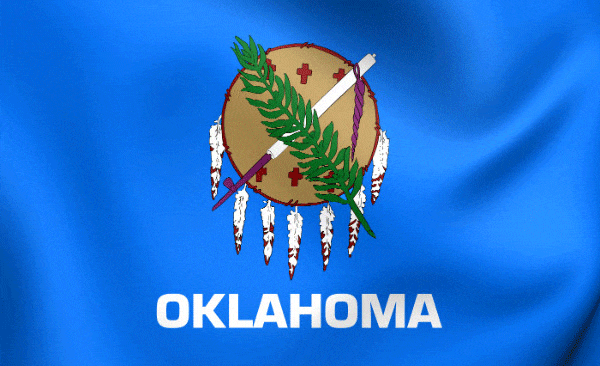 History Francisco Vásquez de Coronado first explored the region for Spain in 1541. The U.S. acquired most of Oklahoma in 1803 in the Louisiana Purchase from France; the Western Panhandle region became U.S. territory with the annexation of Texas in 1845. Set aside as Indian Territory in 1834, the region was divided into Indian Territory and Oklahoma Territory on May 2, 1890. The two were combined to make a new state, Oklahoma, on Nov. 16, 1907. On April 22, 1889, the first day homesteading was permitted, 50,000 people swarmed into the area. Those who tried to beat the noon starting gun were called "Sooners," hence the state's nickname. Oil made Oklahoma a rich state, but natural-gas production has now surpassed it. Oil refining, meat packing, food processing, and machinery manufacturing (especially construction and oil equipment) are important industries. Minerals produced in Oklahoma include helium, gypsum, zinc, cement, coal, copper, and silver. Oklahoma's rich plains produce bumper yields of wheat, as well as large crops of sorghum, hay, cotton, and peanuts. More than half of Oklahoma's annual farm receipts are contributed by livestock products, including cattle, dairy products, swine, and broilers. Tourist attractions include the National Cowboy Hall of Fame in Oklahoma City, the Will Rogers Memorial in Claremore, the Cherokee Cultural Center with a restored Cherokee village, the restored Fort Gibson Stockade near Muskogee, the Lake Texoma recreation area, pari-mutuel horse racing at Remington Park in Oklahoma City, and Blue Ribbon Downs in Sallisaw.
|
Oklahoma
Read this profile of Oklahoma to learn about the state's history, points of interest, and government. Also find interesting facts about each state, including the state's motto, symbols, and when it entered the union.





